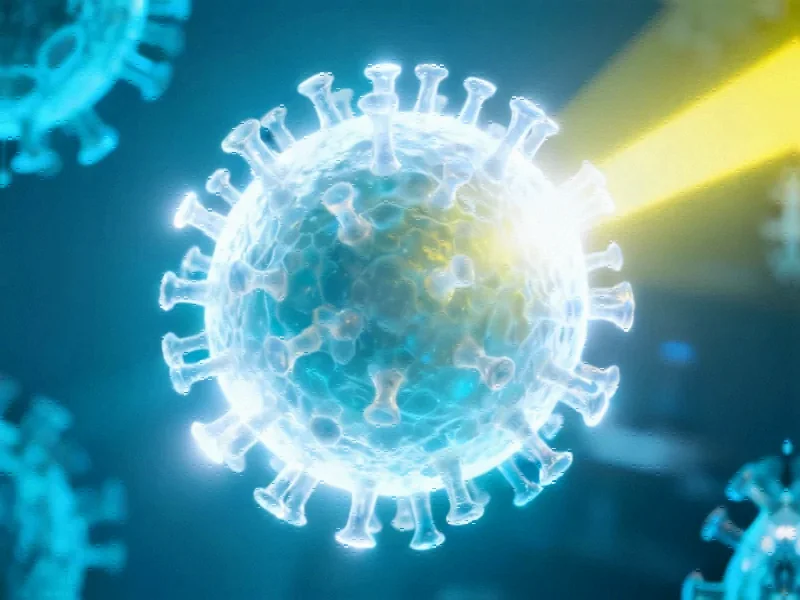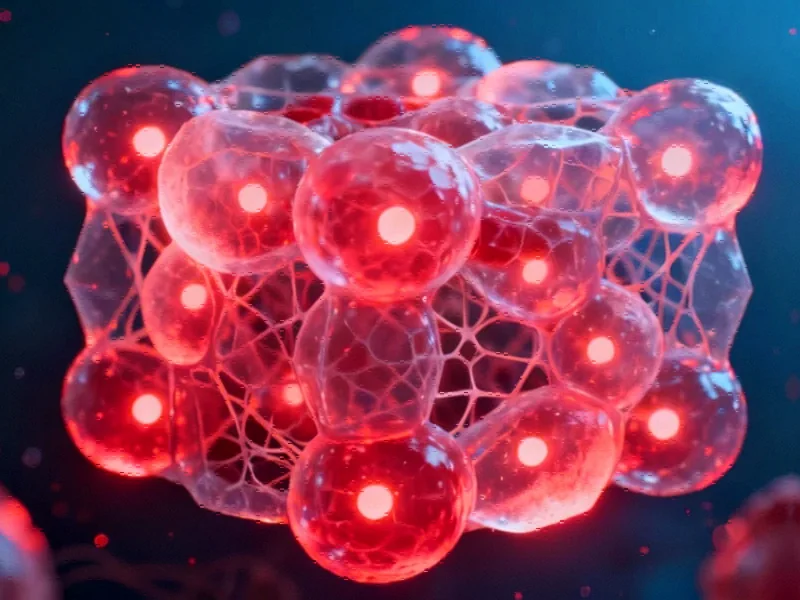The Elusive HIV Reservoir Problem
For decades, HIV researchers have faced a formidable challenge: the virus’s ability to hide in dormant cellular reservoirs, evading both immune detection and antiretroviral treatments. While current therapies can suppress viral loads to undetectable levels, they cannot eliminate these hidden sanctuaries where HIV lies dormant, ready to reactivate if treatment is interrupted. This fundamental limitation has prevented scientists from achieving a complete cure for the approximately 40 million people living with HIV worldwide.
The persistence of these viral reservoirs represents the single greatest obstacle to eradicating HIV from infected individuals. “As HIV cure researchers, our goal has been to reach the virus where it hides,” explains University of Melbourne’s Paula Cevaal, co-lead author of a groundbreaking new study. “We programmed mRNA to tell infected cells to ‘give up’ the virus and make it visible.”
mRNA Technology: From COVID-19 to HIV
In a remarkable scientific convergence, researchers are now adapting the same mRNA technology that revolutionized COVID-19 vaccines to tackle one of medicine’s most persistent challenges. The May 2024 study published in Nature Communications details how scientists packaged mRNA into microscopic lipid nanoparticles (LNPs) designed to expose hidden HIV viruses within infected cells.
What makes this approach particularly innovative is the development of LNP X – a specialized delivery system the research team describes as an “mRNA trojan horse.” Typically, white blood cells where HIV reservoirs form don’t accept standard LNPs, but this novel design successfully penetrated these previously inaccessible cellular sanctuaries. This breakthrough mRNA technology shows promise in targeting viral reservoirs with unprecedented precision.
Beyond Stem Cell Transplants: Toward Accessible Cures
While medical science has documented a handful of HIV cures through rare stem cell transplants from donors with genetic resistance, these cases offer limited practical hope for the millions living with the virus. The World Health Organization notes these complex procedures carry significant risks and are only suitable for patients already battling malignant cancers – making them inaccessible to the broader HIV-positive population.
The new mRNA approach represents a potentially more scalable and safer alternative. Unlike stem cell transplants that replace the entire immune system, this method specifically targets only HIV-infected cells while leaving healthy cells untouched. This precision targeting could revolutionize treatment paradigms if successfully translated from laboratory findings to clinical applications.
Broader Implications and Future Directions
The success of this mRNA platform against HIV reservoirs could have far-reaching implications beyond virology. The same technology might be adapted to target other persistent viral infections or even certain cancers that employ similar hiding strategies. As researchers explore these possibilities, they’re monitoring related innovations in medical AI that could accelerate therapeutic development.
Looking ahead, the research team acknowledges that animal model testing will be the critical next step. Other experts caution that additional studies are needed to determine whether complete reservoir elimination is necessary or if partial reduction might suffice for functional cures. These investigations will need to consider emerging industry developments in biotechnology security as research advances.
The Path Forward
While celebrating this significant advancement, scientists emphasize that human trials remain years away. The research community continues to pursue multiple parallel approaches, including work on retinal prosthesis breakthroughs that demonstrate how biomedical engineering can overcome previously intractable biological challenges.
As the global scientific community watches these developments, the message is one of cautious optimism. The application of mRNA technology to HIV represents not just another incremental step, but a potential paradigm shift in how we approach viral eradication. While the journey from laboratory breakthrough to clinically available treatment remains long, this research illuminates a promising new pathway toward ultimately ending one of modern medicine’s most persistent challenges.
This article aggregates information from publicly available sources. All trademarks and copyrights belong to their respective owners.
Note: Featured image is for illustrative purposes only and does not represent any specific product, service, or entity mentioned in this article.



